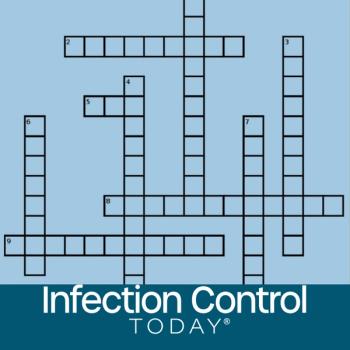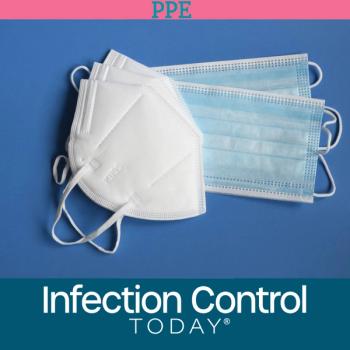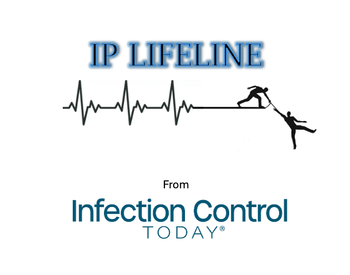
Expert Warns Companies: Prepare Now for Flu Pandemic
WASHINGTON, D.C. -- The "just in time" global delivery system, now a hallmark of the world's economy, exposes companies and workers to potentially crippling consequences when the next flu strikes, according to Michael Osterholm, PhD, associate director of the Department of Homeland Security's National Center for Food Protection and Defense. Osterholm, who spoke today at ORC Worldwide's Occupational Safety and
Health Physicians Meeting in Washington, D.C., warned company health professionals that preparation now is critical because a flu pandemic is certain to occur.
"It's not a question of 'if,' but of 'when,'" Osterholm asserted. "Pandemics are like earthquakes, hurricanes and Tsunamis -- they occur." While the dangers of an imminent avian flu pandemic are real, he cautioned it is impossible to foresee whether the strain currently circling the globe will mutate into a source of infection for humans.
Osterholm predicted that while a flu pandemic would likely kill millions, 95 to 98 percent of the world's population would survive, and he offered companies advice on how to minimize the disruption it would cause. Too many U.S. organizations, he added, are unaware of the risks they face and are therefore unprepared to meet them. Osterholm outlined the following scenario in the event of a global flu pandemic:
* The U.S. healthcare system will be overwhelmed almost immediately
* Government services such as garbage collection, police protection, and even some local water supplies, are likely to be disrupted.
* The global economy would grind to a standstill as many employees do not show up for work, borders are closed and the transportation system shuts down.
Because many companies have reduced expenses by relying on the immediate delivery of raw materials, often from far away places, the economic consequences of a pandemic are likely to be immediate, profound and universal. "The 'just in time' global delivery system has cut the costs of world trade," said Osterholm, "but there's a price to pay for this -- and we'll pay for it in the event of a global pandemic."
As a result, Osterholm advised attendees to address business continuity plans and logistics as they prepare for the next flu pandemic. While most federal, state, and local governments have scarcely begun to plan for the next flu pandemic, this offers companies an opportunity to shape public policy if they begin a dialogue with officials about the issue.
"Providing your employees and their families with comprehensive, current and authoritative communication," according to Osterholm, is another critical role companies can play to help minimize the disruption of a flu pandemic.
Osterholm, who is also the director of the Center for Infectious Disease Research and Policy and professor in the School of Public Health at the University of Minnesota, advised those interested in additional flu pandemic information to consult his organization's Web site at: http://www.cidrap.umn.edu/
In closing, Osterholm praised ORC Worldwide Consultant Ann Brockhaus for providing timely leadership on the flu pandemic issue. Julie Gerberding, MD, director of the Centers for Disease Control and Prevention, will address the ORC Worldwide Occupational Safety and Health meeting tomorrow on the topic: "Pandemic Influenza Preparedness: What Employers Need to Know."
Source: ORC Worldwide
Newsletter
Stay prepared and protected with Infection Control Today's newsletter, delivering essential updates, best practices, and expert insights for infection preventionists.






